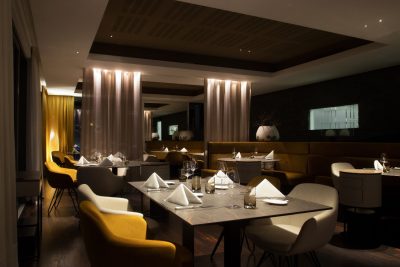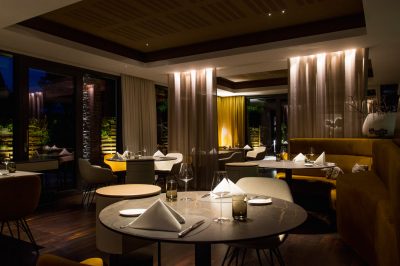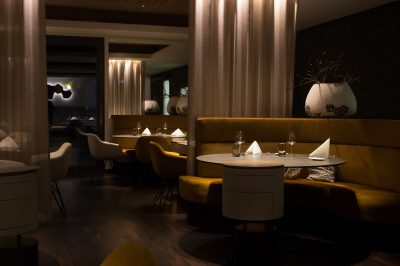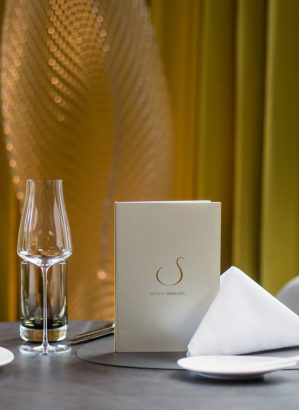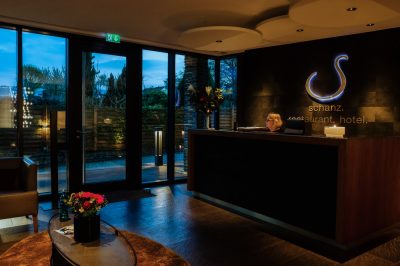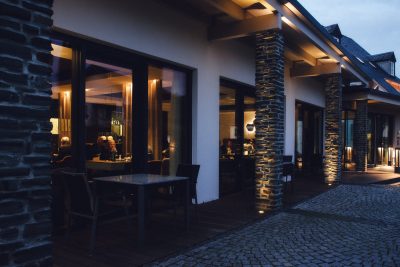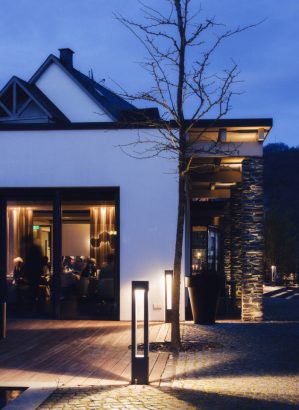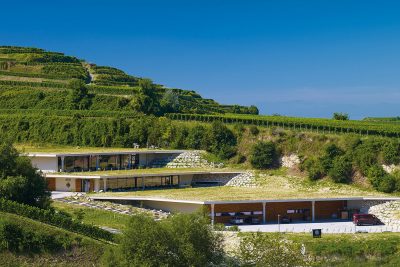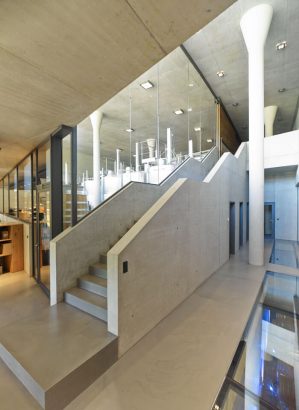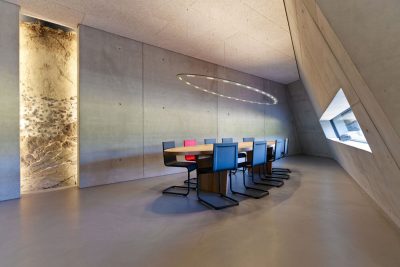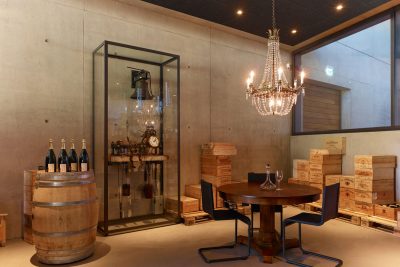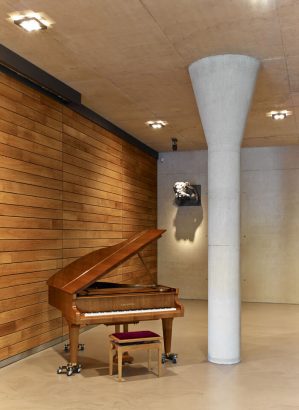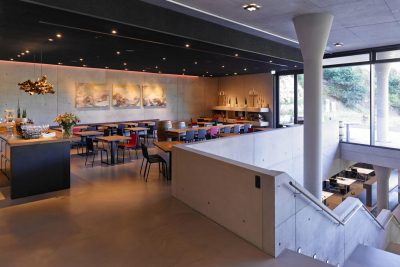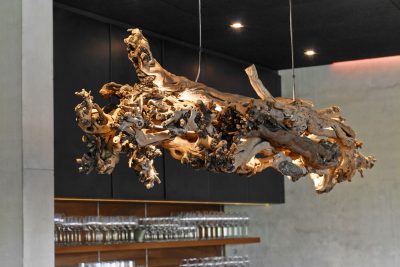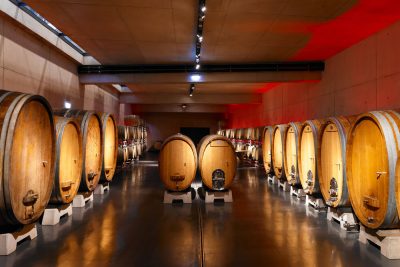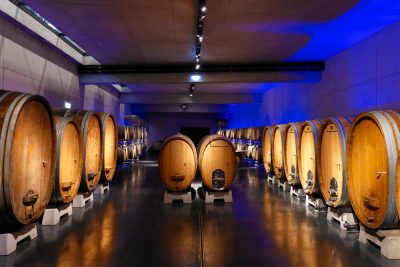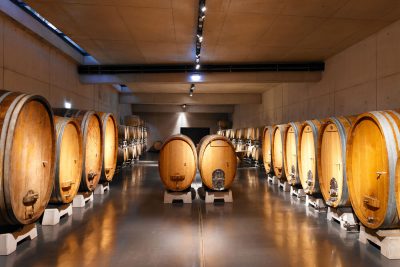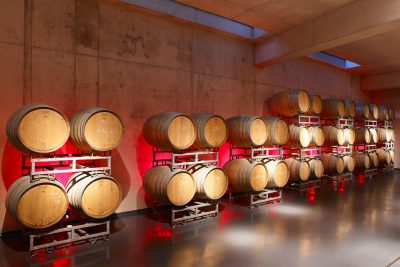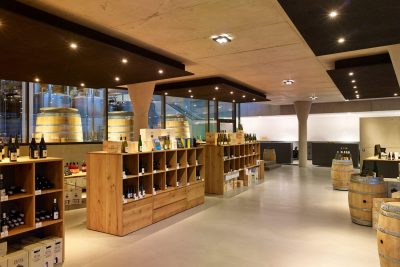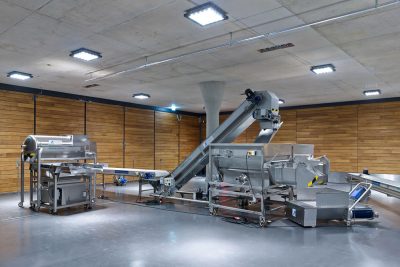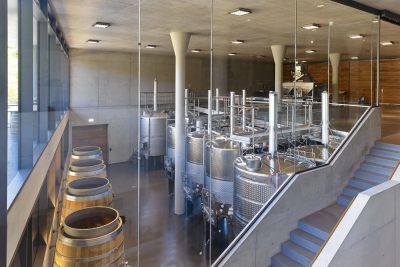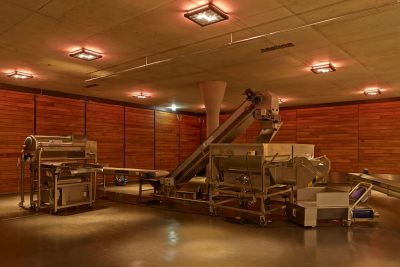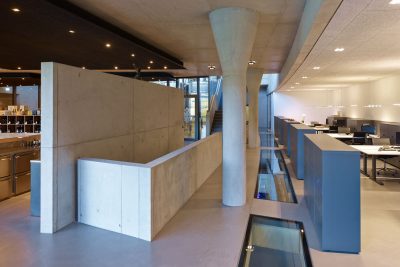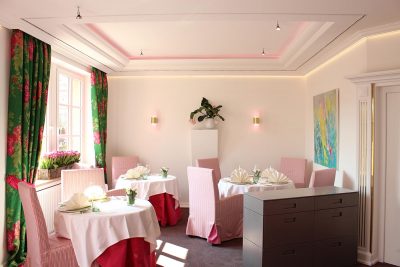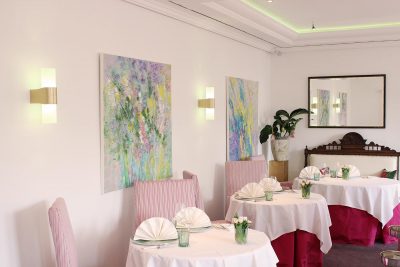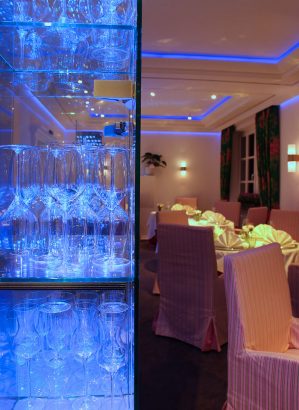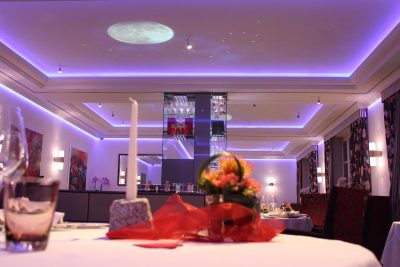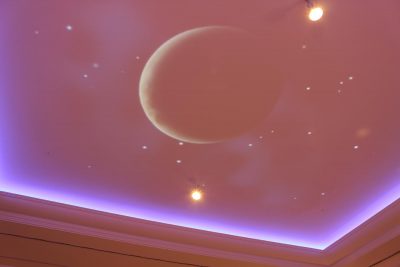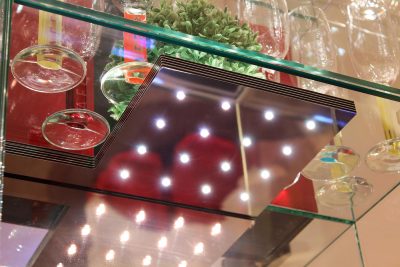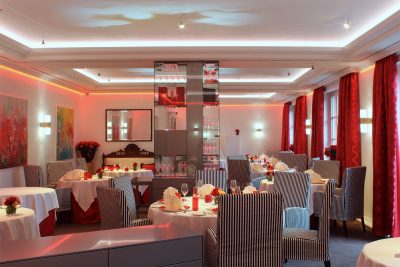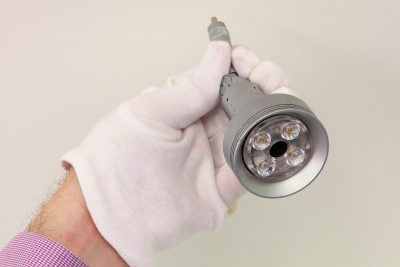The best light for the highest culinary standards
schanz.restaurant celebrates good food at three-star level. Perfect illumination sets the scene for gourmet art.
As part of the redesign of his three-star restaurant on the Moselle, Thomas Schanz relied on noble interiors and atmospheric lighting. The light is so finely adjusted that it transforms every plate into a stage for delicacies - and itself remains discreetly in the background.
GASTRONOMIC REFINEMENT
In Piesport on the Moselle, gourmets will find a top address for upscale enjoyment: Thomas Schanz runs his restaurant and hotel there as a family business. He has already received several awards for his culinary compositions, and in 2022 the Michelin Guide awarded him three stars. Even before the current redesign of his restaurant, Tobias Link GmbH was entrusted with the lighting design..PERCEIVABLE THROUGH ALL SENSES
The main actors within the lighting concept are the dishes, which are draped delicately on the plate and transport the guest into a world full of culinary delights. Each dish was to shine in all natural colours, glare-free and with the best visual quality. An ambience full of intimacy was desired via the light, which makes it possible to recognise one's counterpart well while at the same time gently fading out the surroundings."INVISIBLE" LIGHT FROM THE CEILING
The interior was designed by the architectural studio Britta Tibo. Materials such as slate and oak wood, bronze-coloured fabrics and light natural tones characterise the interior. In addition, there is a dark floor, which also appears in the ceiling colours. Darkening the ceiling was part of the lighting concept in order to integrate the main light there "invisibly". The ideal luminaire was found in the form of a glare-reduced recessed spotlight from Dydell. It provides a narrow beam angle (20°/40°) as well as high colour rendering via CRI 90 and can be controlled via Casambi. The luminaire can be flexibly adjusted and provides an extremely small light outlet of only 8 mm in diameter. The entire concept is based on this one luminaire type.PRIVATE ISLANDS OF LIGHT
The light is directed towards the centre of each table. The food is always the centre of attention, and at the same time the reflection across the table surface is sufficient to illuminate the faces of the people. The mood of the room lives from these deliberately placed islands of light. The colour temperature is 3000 K, the luminaires are dimmable. If required, individual tables can be lit individually via the Casambi control system while the overall harmonious impression is maintained.HOMAGE TO THE REGION
With translucent curtains, it is possible to separate tables a little. In the evening, the delicate fabric appears as a luminous waterfall: spotlights cast fine scattered light downwards from the upper cove. This design element is intended to be reminiscent of the waters of the Moselle.ALL IN HARMONY
After dark, it is pleasant for restaurant guests to still be able to see the exterior from the inside. Thanks to the low vertical lighting, very little is reflected in the windows. The lighting outside only covers selected details. A grazing light runs from below over the natural stone pillars, bollard luminaires draw graphic light patterns on the floor of the terrace. In interaction, this creates a harmonious transition.Photos: Susanne Schug
